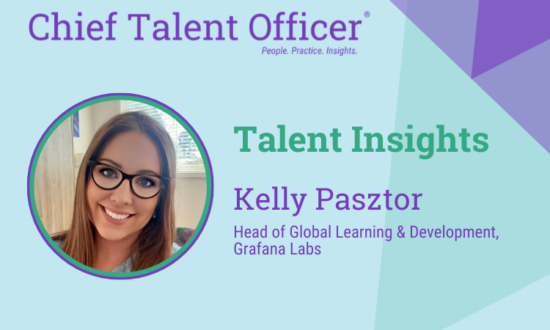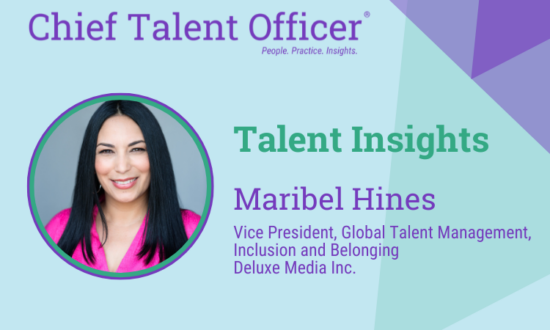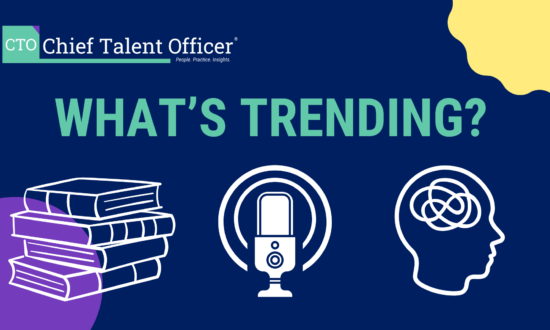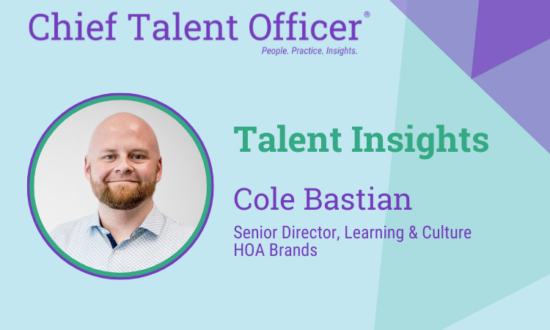With ongoing uncertainty around new variants of COVID-19, business and community reopening and the broader economic recovery, employers are faced with a troubling paradox. On the one hand, job openings have reached a record high, with more than 10 million open roles. Yet on the other hand, many corporations are overlooking how millions of career seekers — many from underserved populations impacted by the pandemic — lack both the access and complete skillsets needed to qualify.
Corporate talent leaders have a profound opportunity to pull from this deep pool of untapped talent to both meet their companies’ most dire hiring needs and build a stronger workforce. This will require either making current pipelines more inclusive — or creating new ones altogether.
Lockheed Martin — where I serve as senior manager of strategic workforce initiatives — has long wrestled with these kinds of workforce challenges. Our 114,000 employees work across multiple domains — land, sea, air, space and cyber — helping the United States and its allies stay ahead of evolving threats.
We pursue ambitious hiring, training and employee development goals, and we rely on STEM talent including engineers, scientists and technicians — all of whom must continuously hone their digital capabilities. Meeting the demands of an increasingly complex workforce has required us to think more creatively about how we identify skilled underrepresented talent and build bridges into the company.
Ensuring our workforce can keep up with advancements in science, technology, research and innovation serves the interest of all our stakeholders — and supports our vital national security mission. Doubling down on our commitment to diverse and underrepresented talent is critical to accomplishing these outcomes.
Expanding the talent pipeline
It’s important to remember that qualified talent is available through a variety of sources — four-year colleges and universities and two-year community colleges, as well as accredited vocational technical schools and trade schools.
At Lockheed Martin, the use of scholarship programs helps us identify new sources of talent. For instance, Lockheed Martin’s STEM and Vocational scholarship programs, a five year, $35 million commitment, provides access to pathways through education, particularly for those from diverse backgrounds and communities historically underrepresented in STEM fields.
Last year, we expanded our outreach to community and technical colleges including for associate degree students. We see two-year schools as an untapped resource for improving diversity across a number of fast-growing roles. This year, Lockheed Martin also strengthened our partnerships with HBCUs and was again recognized as a top supporter by U.S. Black Engineer and Information Technology magazine.
Importantly, these scholarships deliver social impact beyond expanding access to education. Scholarship recipients receive customized opportunities to catalyze full-time employment, through interactive company informational sessions, resume writing tutorials and virtual hiring events. In 2021, more than two-thirds of our scholars identify with underrepresented racial and ethnic demographic groups.
Shifting requirements to support skills-based hiring
In addition, we’ve worked to expand apprenticeships designed to help early and mid-career professionals gain the required skills, certifications and work experience needed in critical roles across the organization. We’ve also reduced barriers of entry to these programs, considering candidates’ wide ranges of experiences outside of traditional education, training and previous work.
For example, our Missiles and Fire Control business area at our Camden, Arkansas facility removed the requirement of one year of manufacturing experience as a basic qualification for their assemblers and inspector’s apprenticeship program. Simultaneously, they shifted their application and hiring practices to rely on behavioral questions, rather than only seeking information about education and work history.
The result was impactful: we hired individuals with the right skills to succeed on the manufacturing floor and improved our diversity mix. Forty-three percent of the recent apprentices, for example, are female, many of whom had only personal home remodeling experience — yet could demonstrate skill proficiency by describing how they use torque wrenches and measuring devices. The Camden apprenticeship program then places these individuals in a program to expand their capabilities, engage in structured on-the-job learning and pair them with a mentor.
Lockheed Martin is proud to be a national leader in apprenticeships with more than 30 programs in advanced manufacturing, engineering, HR and cyber, to name a few.
Partnering for inclusive talent development
Building a more inclusive talent pipeline also required us to invest more in our employees on the frontlines of the talent search. Our professional development strategy has grown to include helping human resources and talent acquisition leaders develop the skills and knowledge they need to identify and hire from a more expansive pool of talent.
We engaged education and workforce experts at nonprofit Jobs for the Future to leverage their Talent of Tomorrow Fellowship, which brings together employer partners and career and technical education programs to develop corporate hiring and recruitment strategies for graduates of the country’s community and technical colleges. This is another example of how we are building new — and more inclusive — talent pipelines to meet our needs.
Every business or organization is only as strong as its people. For Lockheed Martin, the success and well-being of our workforce is not only key to the vitality of our organization, but also tied to our national readiness and security mission.
This is a formula for preserving and strengthening the American innovative STEM enterprise. Even during the pandemic, corporations have an opportunity to bolster our STEM talent pipelines and maintain the competitiveness to fuel the U.S. economy, sustain our national security and advance U.S. leadership.
















